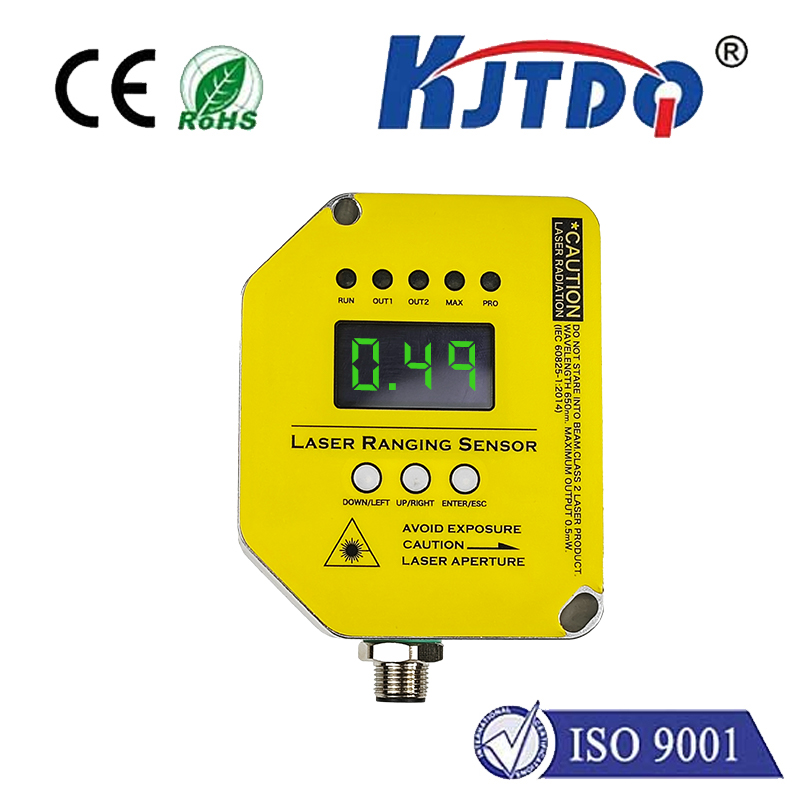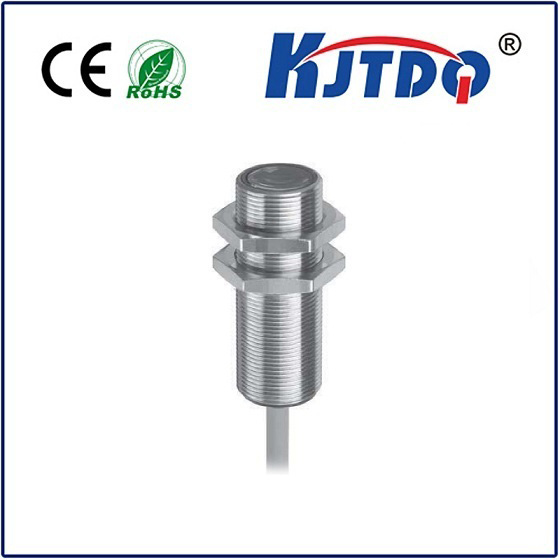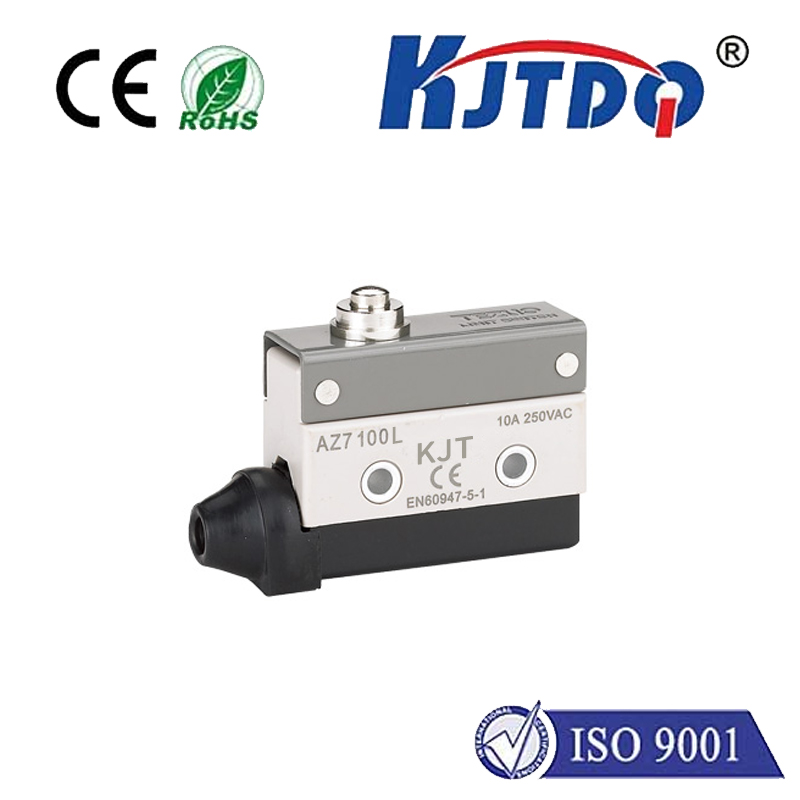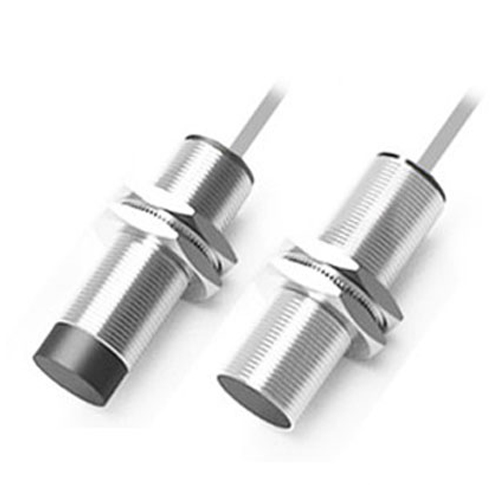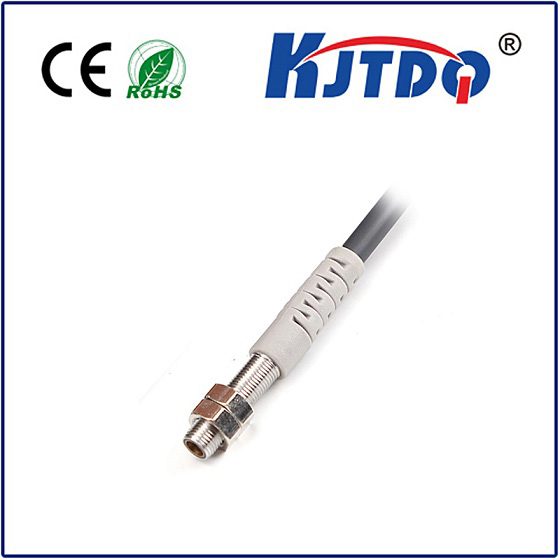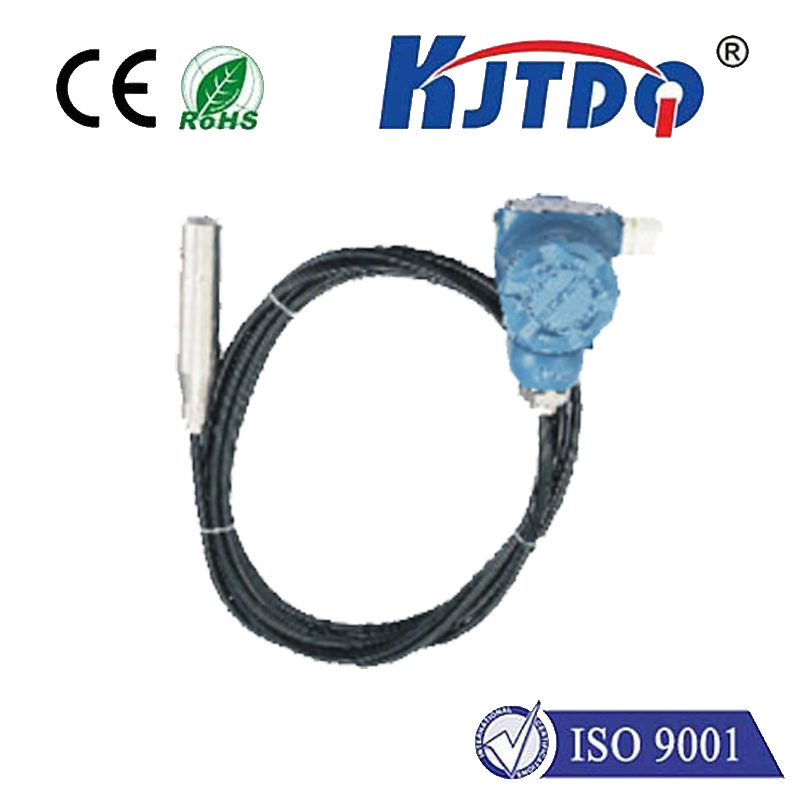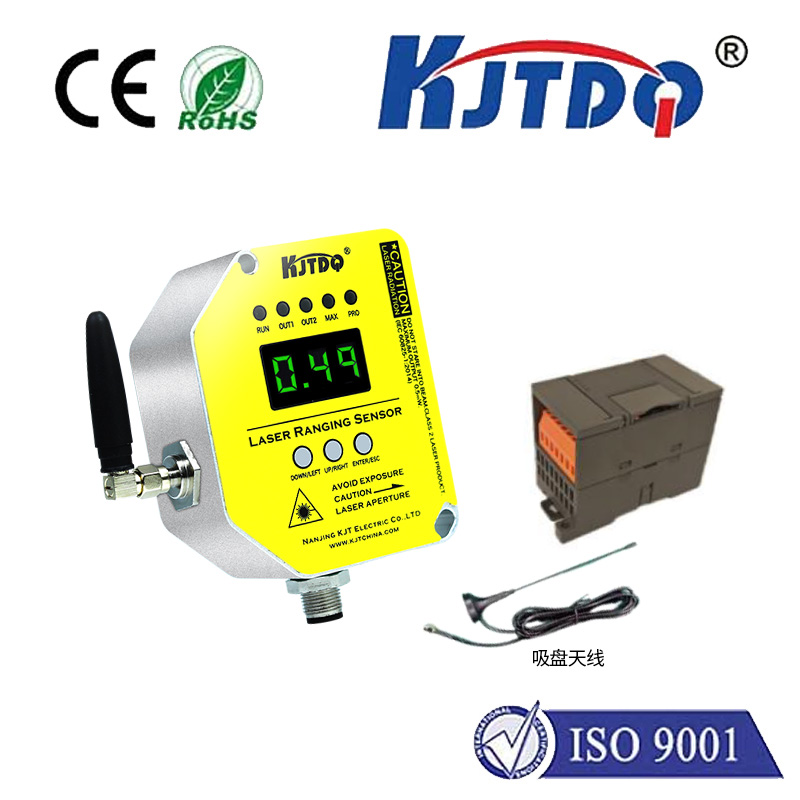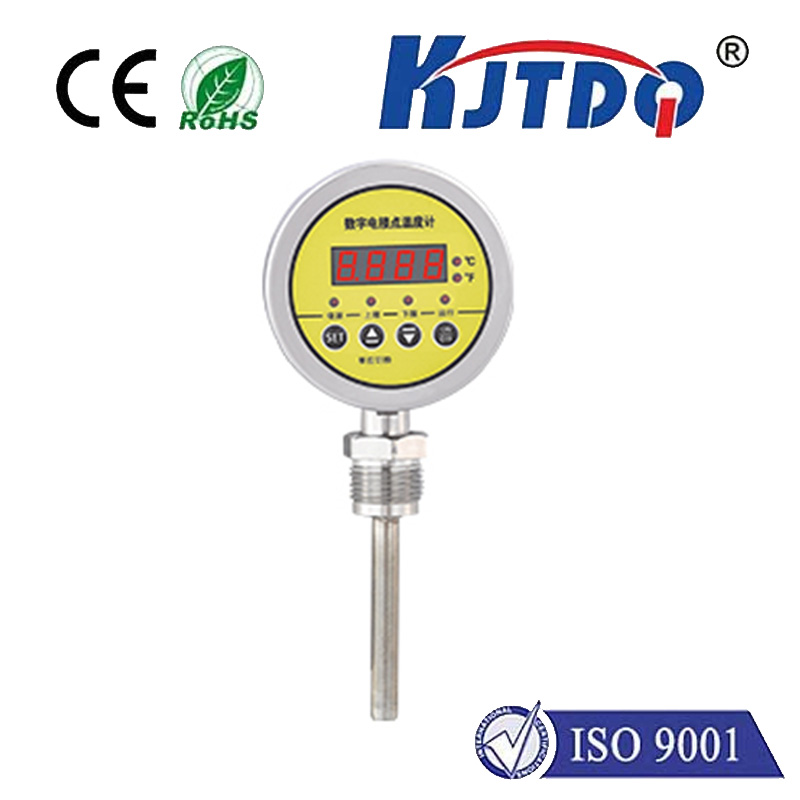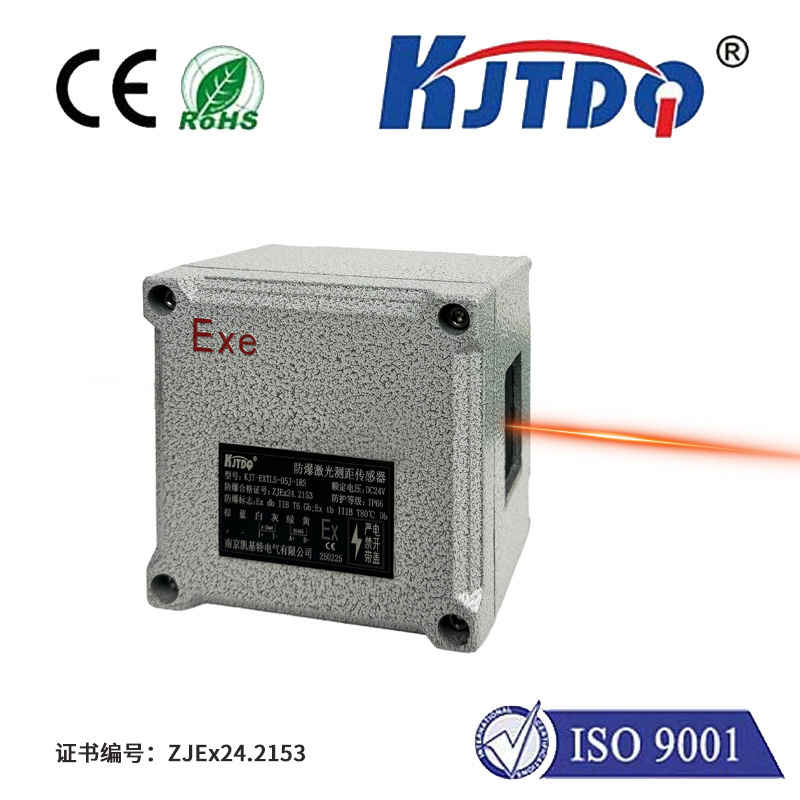

check

check

check

check

check

check

check

check

check

check
Introduction:
In today's world, sensor proximity plays a crucial role in various industries, including manufacturing, automotive, healthcare, and more. One of the primary functions of sensors is to measure distances accurately, providing valuable insights for decision-making processes. This article focuses on the specification of sensor proximity and how it can be used to achieve precise and reliable distance measurements.
Section 1: What is Sensor Proximity?
Sensor proximity refers to the ability of a sensor to detect and measure the distance between two objects or surfaces. It works by using electromagnetic or infrared radiation to send signals that bounce back and are detected by the sensor. The time it takes for these signals to travel back and forth determines the distance between the objects.
Section 2: Key Specifications of Sensor Proximity
There are several key specifications that determine the performance of a sensor proximity system, including:
1. Range: This is the maximum distance at which the sensor can detect objects or surfaces. The range depends on factors such as the type of sensor, the frequency of the emitted signal, and the environment in which it operates.
2. Resolution: This measures the minimum distance between adjacent objects that can be detected by the sensor. Resolution is typically expressed in units such as meters per second per degree (mps/dps).
3. Accuracy: This is the degree to which the sensor's measurements correspond to real-world distances. Accuracy can be affected by factors such as interference from other electronic devices, temperature variations, and mechanical vibrations.
4. Speed: This is the rate at which the sensor can receive and process data. Sensors with higher speeds can provide more accurate measurements in real-time applications such as robotics and autonomous vehicles.
5. Power Consumption: The power consumption of a sensor proximity system is an important consideration, especially for battery-powered devices. Low-power sensors can have longer operational times and lower costs associated with energy consumption.
Section 3: Advantages and Applications of Sensor Proximity
The advantages of sensor proximity include:
1. Accurate and reliable distance measurements: Sensor proximity systems can provide highly accurate measurements of distances within their specified ranges, making them ideal for applications such as industrial inspection, quality control, and surveillance.
2. Real-time monitoring: Sensor proximity systems can provide continuous feedback on environmental changes, allowing for rapid response in critical situations such as emergency services or industrial operations.
3. Cost-effective solution: In some cases, sensor proximity systems may be less expensive than traditional methods of measuring distances, such as optical triangulation or ultrasonic sensors.
4. Integration with existing infrastructure: Sensor proximity systems can be easily integrated with existing systems and devices, making them versatile for a wide range of applications.
Applications of sensor proximity include:
1. Industrial inspection: Sensor proximity systems can be used to inspect products in real-time, ensuring compliance with industry standards and identifying defects before they cause damage to machinery or materials.
2. Robotics and autonomous vehicles: Sensor proximity systems are essential components for navigation, object detection, and collision avoidance in autonomous vehicles and robotics applications.
3. Healthcare: Sensor proximity systems can be used for remote patient monitoring, helping healthcare professionals track vital signs and detect potential health issues before they become serious.
